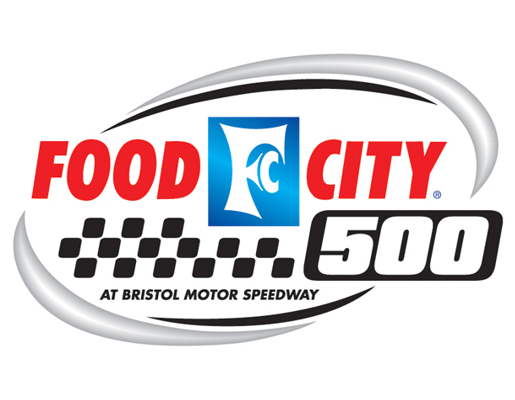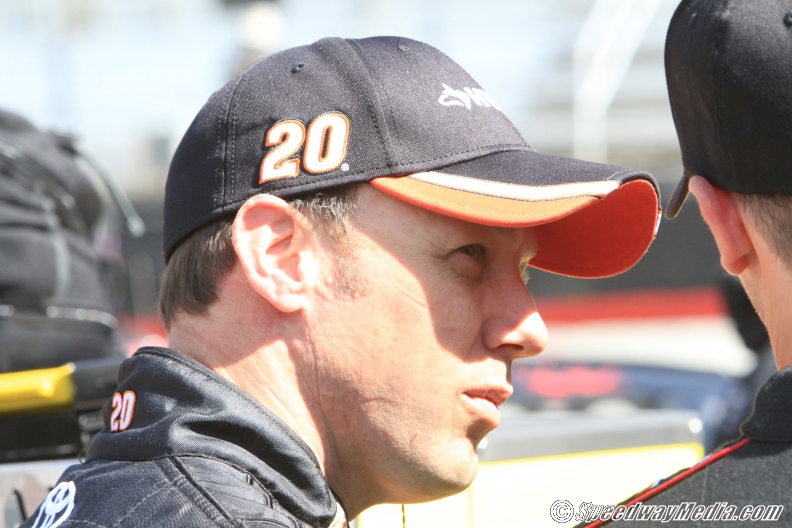Ask any fan what their favorite NASCAR track is and usually you will get multiple answers; however, almost always, Bristol is on that list. Fans flock to Bristol, those that have been there cannot wait to get back, and for those that have never been there it’s usually on their “bucket list”.
The beginning was in 1960 when two men, Carl Moore and Larry Carrier had gotten the idea when traveling to North Carolina to see the first race at Charlotte Motor Speedway, built by a local businessman turned race promoter O. Bruton Smith and the legendary driver Curtis Turner. Charlotte Motor Speedway would become the inspiration, however, they had decided they wanted a track that was smaller, more intimate, and the fact it would take up less land was a plus. In 1960, Moore, Carrier, and R.G. Pope began work on a half mile track that would become Bristol International Speedway. The track itself was a perfect half-mile, measuring 60 feet wide on the straightaways and 75 feet wide in the turns, which were banked at 22 degrees.
Although, the track ran weekly races, the first NASCAR driver to take to the track in practice was Tiny Lund on July 27th, 1961. The first NASCAR race, The Volunteer 500, at the then renamed Bristol Motor Speedway was on July 30th, 1961 with another well known driver Fred Lorenzen on the pole. When the Volunteer 500 was over, a driver named Jack Smith would be written into the history books as the first winner. However, with the heat blistering his feet badly after 290 laps, he would request a relief driver named Johnny Allen to finish the race in his place. A total of 42 cars started the first race at BMS but only 19 finished. For the next several years Bristol quickly became one of the most sought after wins for drivers, as it was one that was hard earned.
Fast forward to April 5th, 1992, a new sponsorship would come to the track “The Food City 500” and actually is still the sponsor to this day. That day, Alan Kulwicki would dominate the race and it would be the final race on an asphalt surface, as well as the last one to be run on bias-ply tires. With the increasing tire traction and other factors, the track was beginning to need to be resurfaced or patched after every few races. The track owners were looking for a solution to the problem and the answer came on August 29, 1992 for the “Bud 500”. Bristol became the first speedway to host a NASCAR Cup event that boasted a track surface of all concrete.
Bristol is also known for some of the most horrific crashes fans have ever seen, despite its size. August 27th, 1988 during practice, driver Rusty Wallace slid into the fourth turn wall and ended up barrel-rolling about five times down the front straightaway. He escaped any major injuries and was kept overnight in the hospital for observation.
It was 1990 when driver Michael Waltrip also survived unscathed from a horrific crash during a NASCAR Busch Series (now known as the Nationwide Series) race. He hit a turnout gate at the corner exit, breaking the gate and went head on into the end of the wall literally destroying his car to the point that no one believed anyone could survive that impact. To his brother Darrell Waltrip’s relief not only had Michael survived but like Wallace, had only suffered minor injuries.
August 22nd, 2002 during a practice session for the Busch Series, driver Mike Harmon had something break in the car sending him into the wall and into a crossover gate where his car would be virtually destroyed. It would come to rest on the track where it would be hit again by driver Johnny Sauter. Harmon was uninjured and walked away.
That is the history of Bristol, but that is just a few of the reasons that fans are in love with Bristol. Fans love it because it is by far one of the toughest and most exciting tracks that NASCAR runs. It is side by side paint swapping racing, and the noise is said to be deafening as the cars race. It has been stated that Bristol is the equivalent of running fighter jets in a gymnasium. Bristol can make the most refined level headed driver lose his cool. We have seen helmets thrown, drivers going at each other, often creating feuds that will last throughout the year. At times there is so much going on that fans have a hard time keeping up with all that is happening. It tests the drivers’ skills and their ability to not let tempers get the best of them.
We head into Bristol Motor Speedway this year with even more excitement now that NASCAR has put the emphasis on winning more than points. How will the drivers respond? Will it make for even more aggressive driving? One thing with Bristol is that it is anyone’s guess who will win or who will lose their temper, but either way the fans love it so bring it on as we can’t wait.







